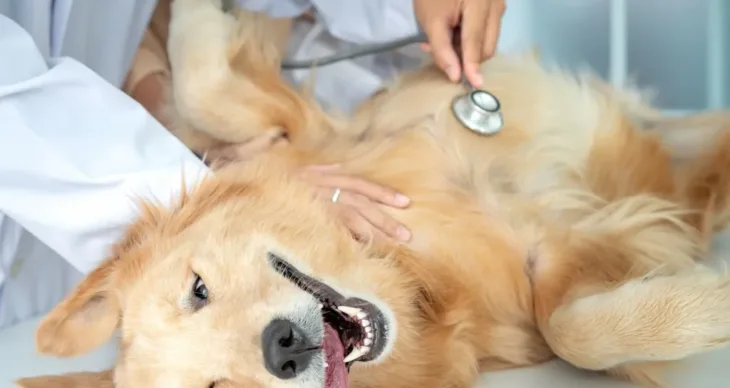Keeping your furry friend healthy and happy can sometimes come at a cost. Veterinary bills can add up quickly, leaving you with a financial burden that can be difficult to manage. Budgeting the costs of routine – and unexpected – veterinary expenses can be challenging.
Fortunately, there are ways to save money on vet bills by budgeting for pet care and considering pet insurance options. With proper planning and pet medical coverage, you can help reduce the financial burden of vet bills.
Budgeting for pet care costs is an essential part of being a responsible pet owner, regardless of whether you have pet insurance or not. To begin, consider your pet’s basic needs, including food, water, and shelter.
Next, factor in the costs of preventative care, such as regular vet checkups, vaccinations, and parasite control. Finally, think about unexpected veterinary bills, such as accidents or illnesses, and set aside funds accordingly.
Average Costs for Common Services Without Insurance
The cost of veterinary services can vary widely, depending on the type of care needed and where you live. Without pet insurance, these costs can quickly add up and leave you with a hefty bill. Here are some examples of the average costs of common veterinary services:
- Routine checkup: $50-$100
- Vaccinations: $20-$50 per shot
- Spaying or neutering: $200-$500
- Teeth cleaning: $200-$600
- Treatment for minor injuries: $100-$500
- Treatment for major illnesses or injuries: $1,000-$5,000 or more
Pet Insurance: A Cost-Saving Solution
Whether you have a dog, cat, or even a puppy, pet insurance can be a cost-saving solution for managing veterinary expenses. By paying a monthly or annual premium, pet insurance policyholders can help offset the costs of unexpected vet bills for accidents, illnesses, and other unexpected situations.
Pet insurance plans, such as dog insurance, cat insurance, and pet plan insurance, offer varying levels of coverage, from basic accident-only coverage to comprehensive plans that include both accident and illness coverage. Some pet insurance plans may also offer options for customizing coverage and setting deductibles and premiums that fit your budget.
Choosing the Right Pet Insurance Plan
When reviewing pet insurance plans, it’s important to compare options and choose a plan that best fits your pet’s needs and your budget. Look for pet insurance policies that offer coverage for routine checkups, vaccinations, and other preventive care or wellness services.
Also, consider factors like the age, breed, and pre-existing conditions of your pet, as they may affect the cost and availability of coverage. If you have a puppy, for example, you may want to consider puppy insurance that provides coverage for more specialized care.
Remember, cheap pet insurance isn’t always the best option, so be sure to compare coverage options and choose a plan that provides the most comprehensive coverage for your pet’s needs. By doing so, you can ensure that your beloved furry friend gets the necessary care they need without putting a strain on your finances.
Next, discover how to choose the perfect pet insurance plan that fits your furry friend’s needs and your budget.
By Admin –
